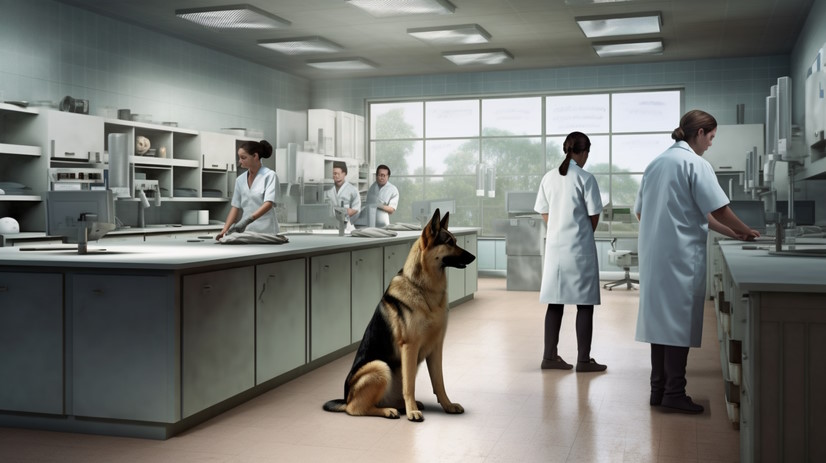I periodically receive questions asking if the PACKTRACK record keeping system collects “double blind training” data. I was recently contacted by a new supervisor who was attending a class where this was discussed. It was his impression that the instructor was advocating for double blind training and that this was a necessary requirement to prove reliability. I can’t comment directly on the instruction as I wasn’t there. However, I do have considerable experience in this area. I’m also quite familiar with the views expressed by a range of defense experts, podcast authorities and trainers.
It’s easy to confuse the clinical definition of this topic with the practical application for police K9 training. In a double blind study, neither the participants nor the experimenters are aware of the test details. This helps eliminate bias and human influence. As a result, it’s considered the “gold standard” for scientific research. So why wouldn’t we use the same methodology for K9 training?
To properly explore this topic we need to start with a shared understanding of what “double blind” means in the context of police K9 training. Let’s see how it would work. In this type of training neither the handler nor the trainer can know:
• If the target odor is present
• Where the target odor is concealed
• The intended purpose or goal of the training exercise
Think about what this might mean for the quality of training that you and your K9 receive. By applying this rigid model, the handler and trainer:
• Don’t know if the final response was correct
• Don’t know if the target odor was missed
• Don’t know if the target odor was found using proper handling skills
• Don’t know why a target odor wasn’t found (was it the dog, the handler, the environment?)
• Can’t take corrective action at the appropriate time to effectively train and condition the behavior of the dog or the handler
This isn’t training, it’s shared ignorance. The timing of actions taken by the handler to correct or reinforce the behavior of the dog is critical to properly conditioning the canine. How are the handler, trainer and K9 supposed to improve under these conditions?
Rewarding or correcting a detection canine in an effective manner simply isn’t possible in a “double blind training” environment. Our goal is to train with intention and purpose. We want to correct or reinforce behaviors in a timely manner and push the handler and canine beyond their comfort zones. This is how we grow confidence and proficiency.
Please don’t misunderstand. I’m not against “double blind testing“. This is a very real activity that may be needed depending on the circumstances. However, “double blind training” just isn’t a thing. If you want to test yourself or your teams then please do so. Just don’t call it training.



